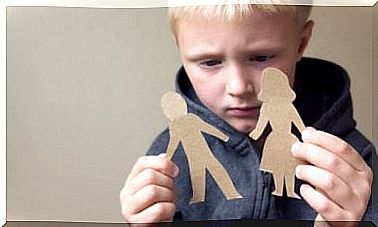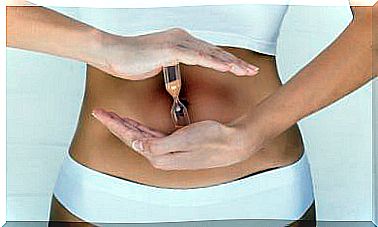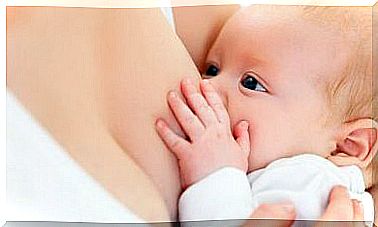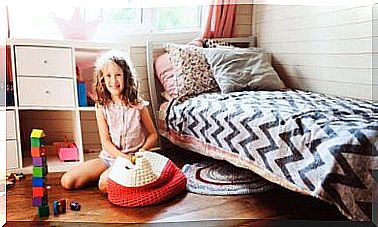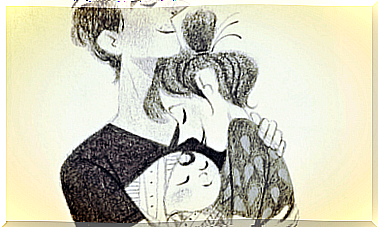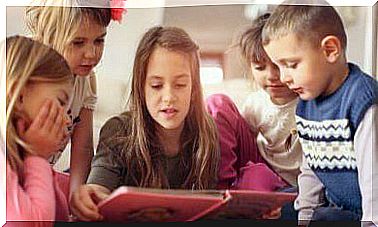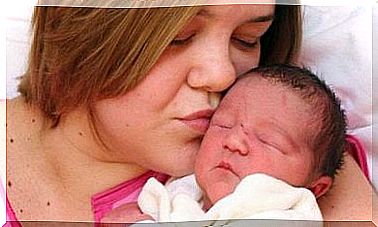Your Baby’s Smile And Laughter: A Breakthrough In His Emotional Development
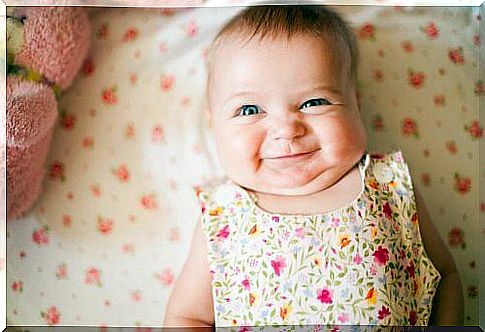
Read on and learn all about your baby’s smiles and laughter. From the first smile to the one that it gives you when it gets older.
Baby’s first smile
A baby’s first month is not an emotionless month as some may think. In the first month the child feels profitable attachments and for this purpose develops a strong bond with an adult who is usually his mother.
In addition to crying, the most common emotional reaction a baby has, there are other emotions that a newborn can feel: well-being, relaxation, satiety etc … These emotions are expressed by being quiet, observing, listening, and getting to know the world while they are quiet.
A newborn can smile too, but contrary to what we think, that smile is not a product of their emotional well-being or happiness. The smile happens because of the activity of their central nervous system, and it’s a reaction they usually have when they’re asleep.
The smile after the first month
After the first or second month of life, the smile the baby has while awake is called a social smile. It is the product of his interaction with the world and the response to various stimuli.
Through experience the baby will understand that mom smiles at him when she talks to him because she is happy and that the other adults smile too when they see him, play with him or wear it. The baby adapts the smile as an answer to our smile. For this reason , they will smile when they feel good, when spoken to, when they are given what they want, or when they see and hear something that they like and notice.
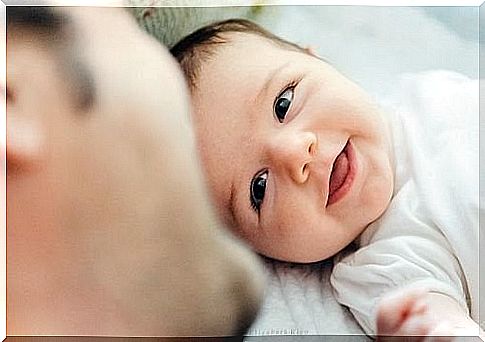
By this time the baby will have understood that his smile, in addition to crying, also attracts the attention of adults.
Some children laugh for the first time at 4 months of age, some earlier, some a little later, but it usually happens at that age. This is where the child starts to laugh because, like every other person, they are provoked to laugh by something that is really funny: a doll that moves when you tickle them …
But by 4 months the little child will not laugh or smile at everyone. It will only do this with the people it knows and maybe with a stranger whom it feels comfortable with out of nowhere. The child will understand that smiling is related to relationships and that one smiles at those whom one loves. This phase is known as a differential smile.
Your baby’s smile and laughter: a breakthrough in their emotional development
When the child gets to know the world, they imitate the people with whom they live and learn to respond to stimuli. It makes progress in its affective and psychosocial development.
Before the child is even one year old, they learn that a smile increases affection and social contact. And that a smile achieves more than a fit of anger or bleak crying. It learns how to get what it wants through a smile and joy, whether it is material or emotional.
The smile of the people around him also enhances his feelings. When someone around it smiles, it feels more secure. For example, when a dog comes up to it and it is scared, its mother’s smile can comfort it and indicate that there is no danger.
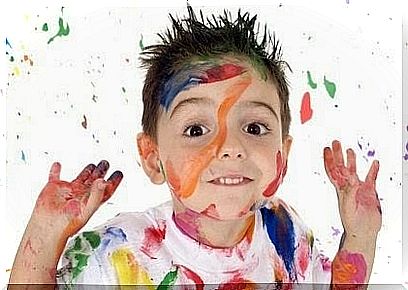
For a 2-year-old, laughter is no longer just a reaction or answer to happiness. It’s a powerful tool. He uses this to achieve his goals and to get adults to give in to his desires (emotional blackmail).
At this stage we can see a smart child testing his environment and acting to see how others react. Every time they do mischief and get caught, they know they can escape punishment with a smile.
Laughter will also stimulate his or her emotional and cognitive development. It will laugh at absurd situations. When it sees other children fall. Or watch yourself fall in a video mom made of him. Smiling and laughing help children grow and improve their wellbeing and behavior as people. To be kinder, to make friends and to be happy.
